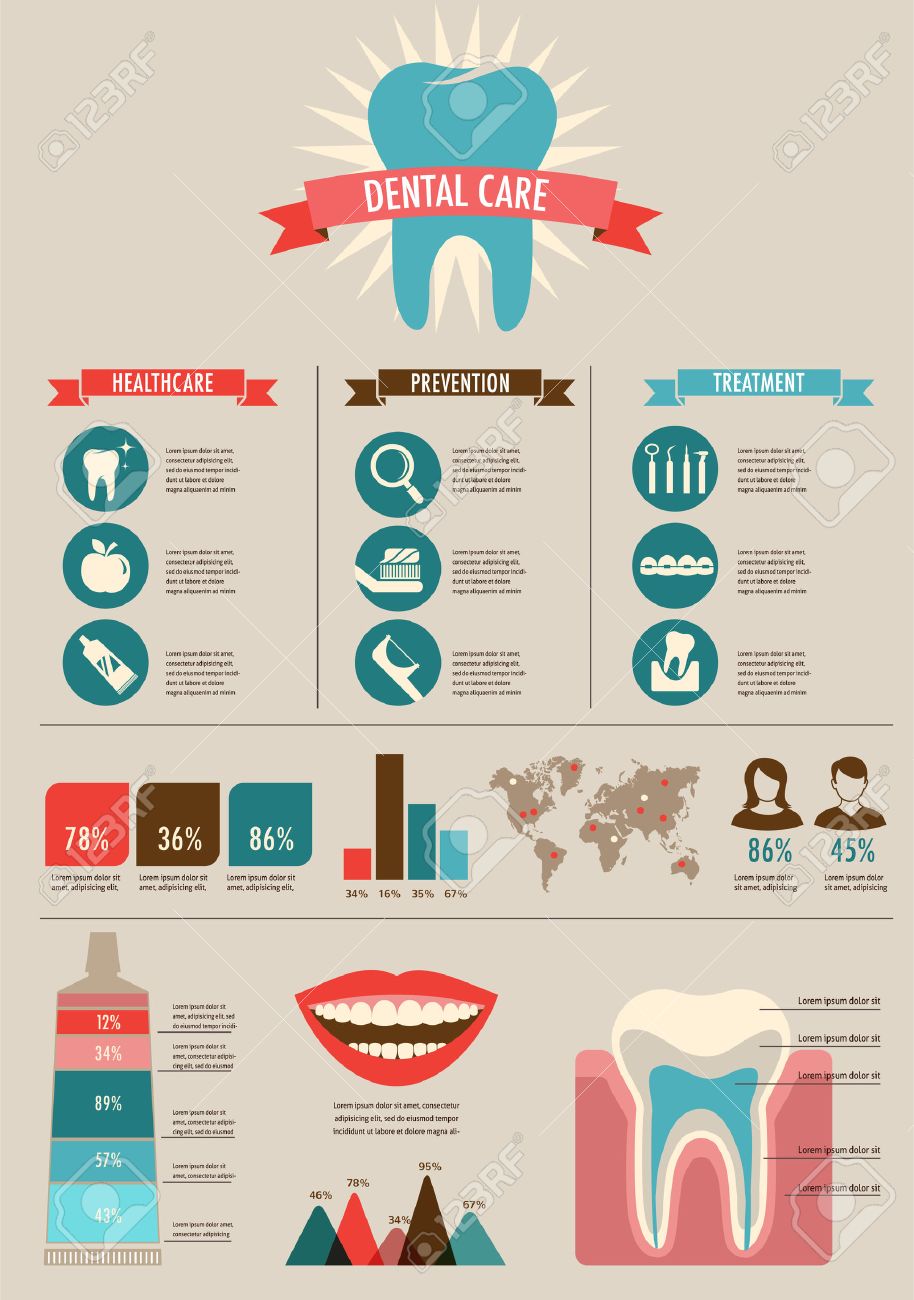Expose The Substantial Developments That Are Altering The World Of Oral Surgery. Consider The Future Of This Specialized And Remain Educated. Click Currently For A Very Early Check Out What Is On The Horizon
Expose The Substantial Developments That Are Altering The World Of Oral Surgery. Consider The Future Of This Specialized And Remain Educated. Click Currently For A Very Early Check Out What Is On The Horizon
Blog Article
website link By-Foldager Browne
Invite to the globe of oral surgery, where technologies and advances are forming the future of the field! In this exciting realm, you'll witness the transformative power of robotics, the innovative marvel of 3D printing, and the game-changing effect of minimally invasive strategies.
The future of oral surgery holds an assurance of precision, performance, and enhanced person results. With the help of sophisticated robotics, cosmetic surgeons have the ability to do intricate procedures with better accuracy and control.
3D printing innovation is changing the creation of dental implants and prosthetics, using customized options that fit effortlessly right into each patient's distinct composition.
Additionally, minimally invasive methods are lowering post-operative discomfort and recuperation time, permitting patients to go back to their lives earlier.
Prepare to explore the amazing developments and breakthroughs that are improving the landscape of dental surgery!
Improvements in Robotics
One major advancement in dental surgery is the use of robotic modern technology, which enables exact and reliable procedures. With the help of robot systems, oral doctors have the capability to do complicated surgical procedures with boosted precision, decreasing the danger of human error.
These robotic systems are geared up with advanced imaging innovation and exact instruments that allow surgeons to browse with elaborate physiological frameworks with ease. By making use of robotic technology, surgeons can accomplish higher medical precision, resulting in enhanced client end results and faster healing times.
On top of that, using robotics in oral surgery enables minimally invasive treatments, lowering the trauma to surrounding cells and advertising faster recovery.
3D Printing in Oral Surgery
To boost the field of dental surgery, you can discover the subtopic of 3D printing in oral surgery. affordable family dentist has the prospective to change the means oral specialists run and deal with patients. Below are four crucial ways in which 3D printing is forming the area:
- ** Personalized Surgical Guides **: 3D printing allows for the creation of highly accurate and patient-specific surgical guides, boosting the precision and performance of treatments.
- ** Implant Prosthetics **: With 3D printing, oral doctors can produce tailored dental implant prosthetics that flawlessly fit a client's unique composition, causing much better outcomes and individual fulfillment.
- ** Bone Grafting **: 3D printing enables the production of patient-specific bone grafts, minimizing the requirement for conventional grafting techniques and boosting healing and recovery time.
- ** Education and Training **: 3D printing can be used to develop sensible medical designs for academic objectives, enabling dental cosmetic surgeons to practice complicated procedures before executing them on people.
With its possible to improve precision, customization, and training, 3D printing is an interesting development in the field of dental surgery.
Minimally Intrusive Strategies
To better advance the area of oral surgery, embrace the potential of minimally invasive methods that can greatly benefit both specialists and individuals alike.
Minimally invasive methods are revolutionizing the area by lowering surgical injury, reducing post-operative pain, and accelerating the recovery process. These methods include using smaller cuts and specialized tools to carry out procedures with accuracy and efficiency.
By making use of sophisticated imaging innovation, such as cone beam computed tomography (CBCT), specialists can properly plan and carry out surgeries with minimal invasiveness.
In addition, using lasers in oral surgery permits precise cells cutting and coagulation, resulting in minimized blood loss and minimized recovery time.
With minimally invasive methods, clients can experience quicker healing, lowered scarring, and improved outcomes, making it an essential aspect of the future of oral surgery.
Conclusion
So, as you can see, the future of dental surgery is incredibly encouraging, with amazing innovations and developments forming the field.
From the developments in robotics to using 3D printing and minimally intrusive techniques, oral specialists are transforming the means they offer treatment.
While some may worry about the potential expense associated with these advancements, it is very important to bear in mind that these technologies ultimately boost patient results and lower healing time, making them well worth the financial investment in the long run.
